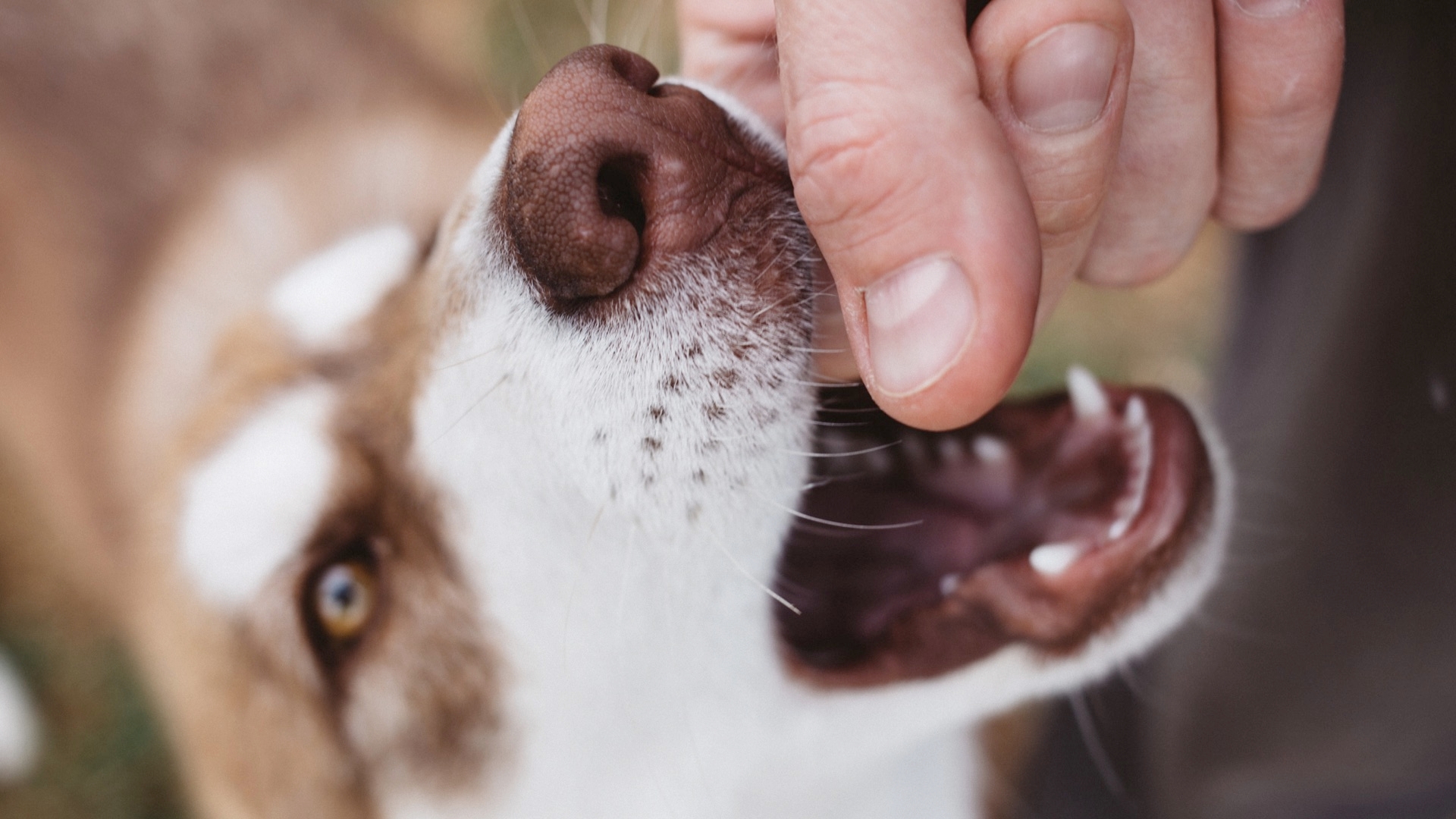Epidemiology of Animal Bites:
Summary:
Animals provide numerous benefits to humans, and interaction with them can enhance both physical and psychological health. However, such interactions are not always benign or without adverse consequence. When threatened, many animals will bite as a defensive behavior. An animal may bite in response to fear or pain, in an attempt to assert dominance, or to protect its territory, food, and offspring.


Animals provide numerous benefits to humans, and interaction with them can enhance both physical and psychological health. However, such interactions are not always benign or without adverse consequence. When threatened, many animals will bite as a defensive behavior. An animal may bite in response to fear or pain, in an attempt to assert dominance, or to protect its territory, food, and offspring.
Depending on the species and size of the biting animal, bites can result in wounds ranging from minimal to life-threatening. In addition to direct tissue damage, animal bites can introduce toxic chemicals and disease-causing microorganisms. Infectious consequences of bites range from mild, self-limited localized skin infection to severe, fatal systemic disease. The most notorious infectious disease associated with animal bites is rabies, which remains overwhelmingly fatal. As this disease presents the most concerning human health risk associated with animal bites, many of the established recommendations for prevention, treatment, and control of animal bites are designed to reduce rabies mortality. In addition to the adverse physical consequences, animal bites can be distressing toaffected individuals and their community. Management and prevention of animal bites are best served by conducting thorough investigations of bite incidents and basing decisions and recommendations on the information gathered.
Biting Animal Species/Breed/Characteristics
Throughout the world, domestic dogs are the vertebrate species most commonly reported tobite humans. Between 2006 and 2010, 77 percent of all animal bites reported in California were attributed to domestic dogs. The contribution of a dog's breed toward its predisposition to bite remains uncertain.
Epidemiologic studies that rely on bite reports or medical records often lack information on the baseline breed distribution in the owned dog community, leading to over-representation of the more popular breeds. Furthermore, because it is difficult to determine a dog's breed by purely physical characteristics, the recorded "breed" is most often a best guess based on a few recognizable features, many of which may be shared by several breeds. German Shepherd and Chow Chow were the breeds most frequently represented among surveys of dog bites [Gershman 1994, Patrick 1998]. In California, municipalities that adopt ordinances mandating spaying and neutering of certain dog breeds are required to report all dog bites to the California Department of Public Health (CDPH; California Health & Safety Code [HSC] §122331). Of these reports received in 2011, pit bull terrier (29%), German Shepherd or Shepherd mix (15%), and Chihuahua (11%) were the breeds most frequently reported as contributing to bite incidents.
Biting dogs are more likely than non-biting dogs to be male [Patrick 1998], sexually intact [Gershman 1994], less than 5 years old, and to weigh more than 50 pounds. Biting cats are typically stray or free-roaming females.
Victim Characteristics
Bite victims are frequently children and adolescents. Incidence of dog bites in children ages 5 to 9 years is estimated as two- to three-times that in the general population [Harris 1974]. One study estimated that nearly half of all children have 6 been bitten by a dog by the time they reach 12th grade [Beck and Jones 1985]. In California between 2006 and 2009, incidence of animal bites, as estimated by emergency department visits, was greatest in children 1 to 6 years old; incidence in adults was approximately half that of children and fairly uniform for all ages 14 years and older. Dog bite victims are more likely to be male and younger (<12 years old) than cat bite victims [Patrick 1998]. Newborns and infants are the most common victims of bite attacks from pet ferrets [Applegate 1998].
Location
Most dog bites are inflicted by a known owned dog, at or near the dog's home [Harris 1974; Sacks et al. 1996b]. According to the American Veterinary Medical Association (AVMA), 36.5 percent of American households own at least one dog-- approximately 70 million dogs nationwide. Adults with two or more dogs in the household are five times more likely to be bitten than those living without dogs at home CDC. Cats are typically more independent and itinerant than dogs [Gershman 1994, Patrick 1998]. As such, cats are less likely than dogs to be either confined to the owner's property or under controlled restraint when off property. Whereas roughly half of dog bites occur on the dog-owner's property versus in public areas (e.g., sidewalk, street, park), nearly 80 percent of cat bites occur off the owner's property.
Factors associated with increased risk of dog Bites
- Biting animal: Male, sexually intact, <5 years old
- Bite Victim: <10 years old, male
- Bite Location: On or near biting dog's home property
- Bite Provocation: Yes
Provocation
Animal bites can be classified as provoked or unprovoked. Provoked bites are considered normal behavior and occur when the animal responds to a perceived threat to its body (fear-induced),food (possessive), territory, or offspring (protective). Approximately 50 percent of dog bites are classified as provoked, compared to nearly 90 percent of cat bites [Patrick 1998]. However, for the dog breeds most frequently reported in bite incidents (viz. Chow Chow, German Shepherd, pitbull terrier), 75 to 80 percent of these were classified as unprovoked. All reported ferret attacks on children appear to be unprovoked [Applegate 1998].
An animal's health may alter its threshold for provocation. Stimuli that would not be perceived as threatening by a healthy animal may precipitate a more aggressive response if the animal is ill, injured, or in pain.
Failure of a person to respond appropriately to a dog's social signals (see Behavior below) may also be considered provocation. Persons who fail to recognize canine social signals might unwittingly adopt a provocative posture which the dog interprets as a challenge. These behaviors include prolonged eye contact, a close and dominant stance (standing or bending over a dog), speaking in a low, gruff tone, or sudden, unexpected movement. Furthermore, provocation may extend beyond the place and time of the actual bite incident. A dog that is repeatedly 7 grabbed or struck by a small child may come to anticipate these unwelcome actions and proactively strike the child upon entering the room—an action that, absent the previous history, would be considered unprovoked [Voith 1980].
Behavior
Dogs are gregarious animals and have evolved to live in groups ("packs") governed by a social hierarchy. A dog's behavior is influenced by its position in that hierarchy. Dogs interact with pack-mates through a language of signals that indicate roles and intentions. When a member of the pack—beit another dog or a human— misinterprets signals or attempts to redefine respective roles, the social equilibrium is disrupted, leading to more extreme reactions. Dogs indicate arousal and dominance through a combination of visual (e.g., ears forward, tail up), auditory (e.g., bark, growl), andolfactory (e.g., urine-marking) signals. If these signals fail to motivate the other dog--or person--to withdraw, the dog may attempt to control the situation through direct physical contact, i.e., bite. Dogs can also misinterpret apparently neutral behavior by humans as frightening or threatening: for example, the erratic movements and shrill squealing of small children could elicit protective or predatory aggression from a dog. Dogs often consider children to rank lower than adult humans in the pack and are more likely to challenge children's authority. Similarly, a dog may tolerate certain behaviors in children to a lesser degree than in adults, depending on how it perceives the relative positions of itself and the child in the "pack".
An unknown proportion of bites from pets represent true accidents, as inadvertent outcomes of play, hand-feeding, or other ordinarily benign interactions. Dogs with strong herding or misplaced maternal instincts may attempt to direct behavior or movement of children through nips orgrab-and- guide. Misinterpretation of these encounters could precipitate a more aggressive response. Asmall proportion of animals suffer from inadequate social development, inborn behavioral problems, or neurologic disease that may cause the dog to react in an excessively aggressive manner to normally benign stimuli.

